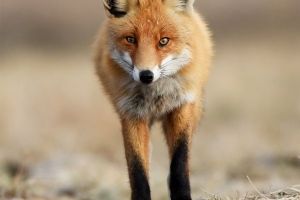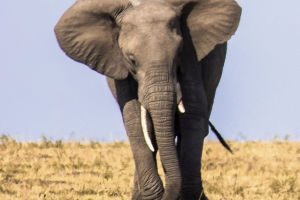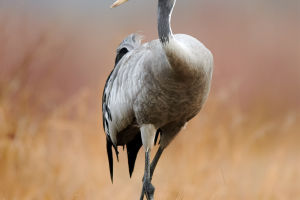Global warming is rapidly progressing, and its impact is particularly severe in the polar regions.
As the sea ice melts, polar bears face significant challenges in finding food, which compels them to venture inland in search of sustenance.
However, as these polar bears strive to adapt and combat climate change, scientists have made a remarkable discovery—a new species is emerging: the pizzly bear.
Pizzly bears, also known as grizzly polar bears or Arctic grizzlies, are hybrid offspring resulting from polar bears and North American grizzly bears.
In the past, North American grizzly bears and polar bears primarily inhabited their respective territories.
Polar bears were concentrated in the extreme cold of the high Arctic Circle, while grizzly bears resided around the Arctic Circle in regions such as western Canada, Alaska, and parts of the United States.
However, due to the warming climate, Arctic glaciers are melting, causing the range of grizzly bears to expand.
Consequently, they increasingly intersect with polar bears that search for food inland, leading to the emergence of these hybrid offspring that are better suited for warmer climates.
Genetic studies indicate that polar bears evolved from grizzly bears and that both species shared a common ancestor about 500,000 or 600,000 years ago before diverging.
Scientists have conducted a comparison between the mouths of polar bears and grizzly bears, revealing that grizzly bears are better adapted to warmer climates.
Polar bears primarily consume seals, which consist mainly of fat, necessitating smaller molars, larger canines, and elongated skulls.
However, these adaptations can pose difficulties in consuming harder foods, leading to wear and tear.
Conversely, grizzly bears frequently consume hard foods such as plant tubers or carrion.
As their range expands due to warming, grizzlies venture further north and compete with polar bears for food, denning spaces, and even mating opportunities, giving rise to grizzly polar bears.
As sea ice melts and polar bears move inland while grizzly bears migrate north, the chances of polar bears encountering grizzly bears have significantly increased, resulting in the birth of grizzly polar bears.
In terms of appearance, grizzly polar bears predominantly display a white coat with gray interspersed.
They generally possess the long neck of a polar bear, and the robust shoulder muscles of a grizzly bear, and their feet are a blend of features from both bear types, partially covered with hair.
Despite the genetic similarities between polar bears and grizzly bears, grizzly polar bears are not as sterile as mules.
They are better adapted to colder conditions than grizzlies and better suited to warmer climates than polar bears. For over a decade, a certain number of grizzly polar bears have been present in the Canadian Arctic islands.
Previously, grizzly bears resided primarily outside the Arctic Circle, but in recent years, they have been observed on Arctic islands in Canada, including Melville Island, which lies 1600 km north of the Arctic Circle.
Traces of grizzly bears have been found there, requiring them to traverse 100 kilometers of sea ice to reach the island.
These instances demonstrate that grizzly bears not only inhabit the polar circle but also interbreed with polar bears, giving rise to mixed offspring.
As the population of grizzly polar bears, also known as gray polar bears, increases due to their ability to reproduce, they are gradually replacing polar bears as a more common species within the Canadian Arctic Archipelago.


